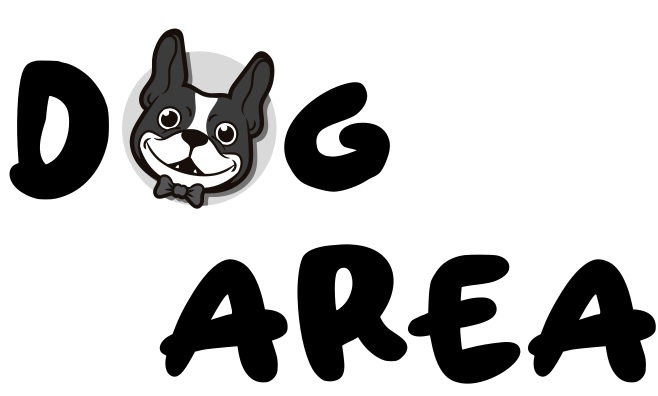Unveiling the Mystery: Great Pyrenees Badger Markings Explained!
The Great Pyrenees, renowned for their majestic, fluffy coat, often comes with unique and captivating badger patterns or body spots; today, we`ll delve deeper into the Great Pyrenees badger markings.
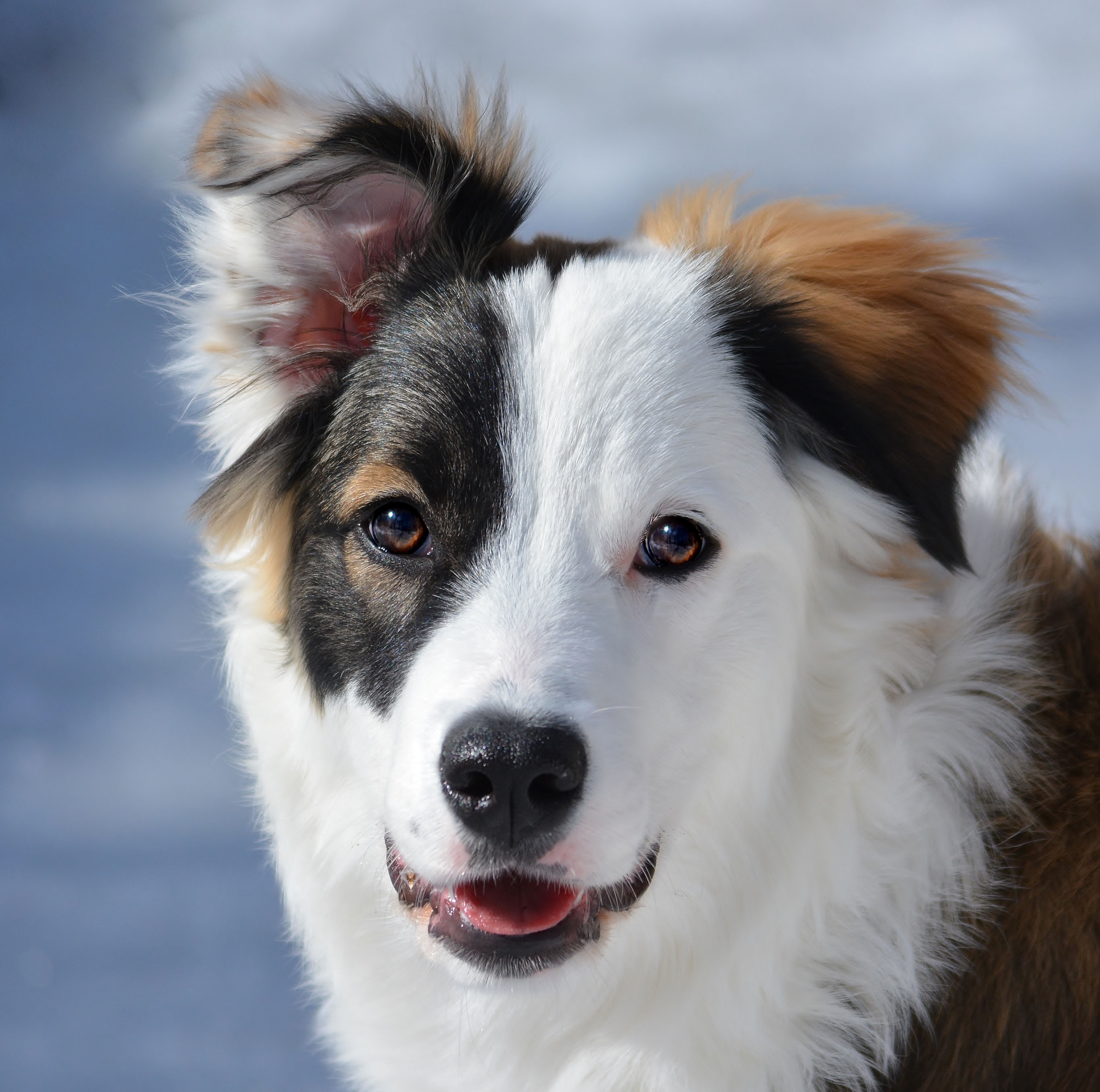
This intriguing badger coloration, a mesmerizing combination of white, gray, and black, adds an additional layer of allure to this remarkable dog breed.
But what is the story behind this type of reddish-brown or tan markings? Why do some Pyrenees puppies have them while others don`t?
Whether you`re a dedicated Pyrenees lover or just a curious canine enthusiast, prepare to be amazed by the secrets of these distinctive patterns!
Today`s topic is about spending time to explore the origin, significance, and charm these “standard” markings bring to these gentle giants.
Historical Significance of Badger Markings
The Great Pyrenees is a dog breed with deep historical roots that has been a guardian of livestock in the Pyrenean Mountains of Northern Spain and Southern France for thousands of years. Badger markings have been a noteworthy feature of these majestic canines throughout this long history.
These markings served both a functional significance and aesthetic purpose. Although never proven, it`s believed that sheepdogs with a combination of darker and white fur, similar to today`s badger markings, represented a better camouflage against predators.
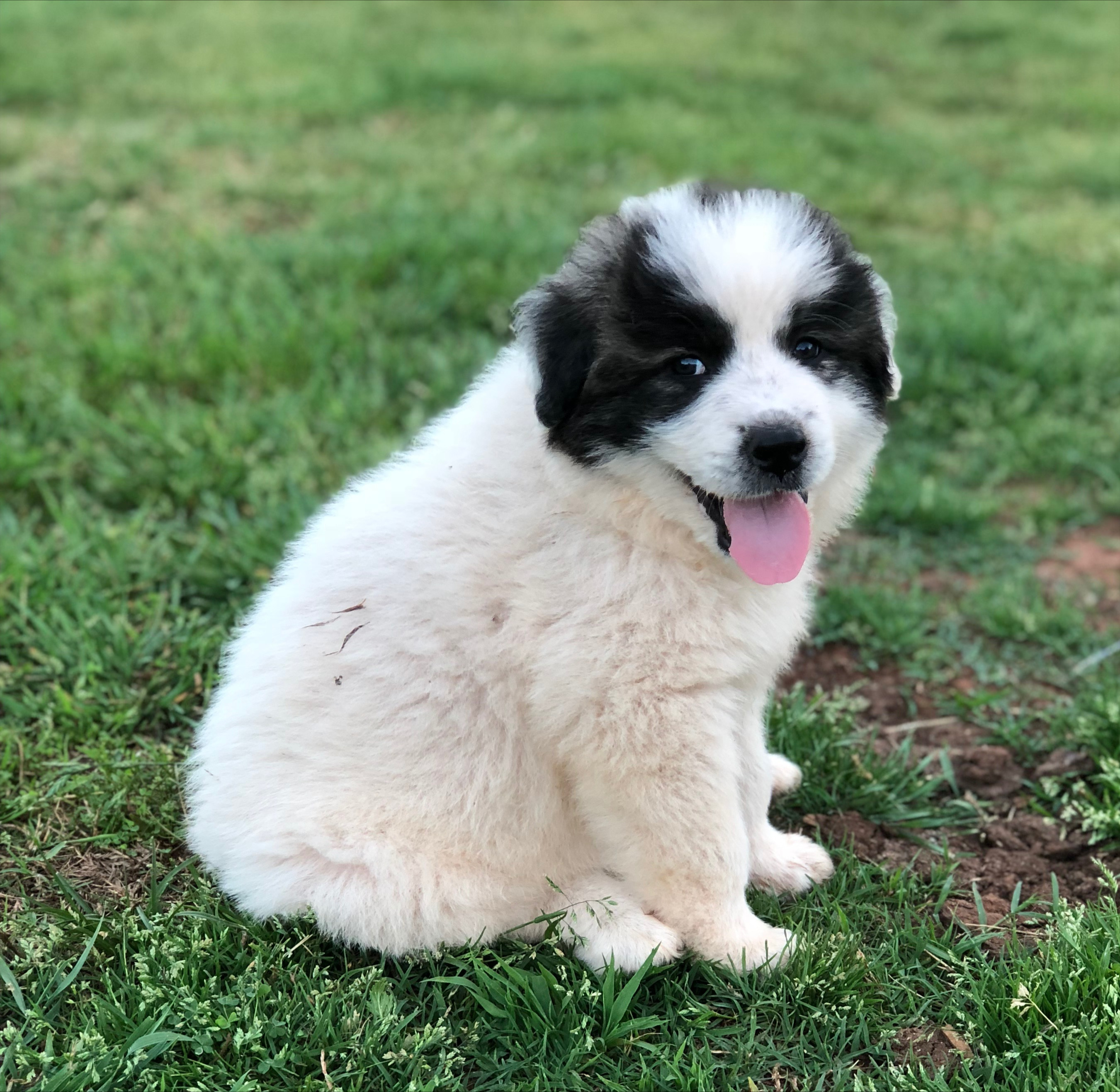
The varying shades of black and gray amidst the predominantly white coat aided them in blending into the moonlit nights, offering an element of surprise against possible threats.
In addition, historical records and various artworks depict these distinct markings from time to time, indicating that they were valued in some periods.
Understanding the Genetics Behind Badger Markings
There`s an incredible world of dog genetics, and it plays a key role in determining the colors and patterns of a Great Pyrenees coat.
Our Great Pyrenees, with their popular snowy coat occasionally mixed with badger markings, provide an interesting case study in this field.
At its core, badger markings` appearance stems from a mixture of specific genes that govern coat pattern and color.
As humans have genes that decide skin, hair, and eye color, our furry friends also have genes that affect the distribution and intensity of pigments in their fur.
In the case of the Great Pyrenees, the genes in charge of these markings allow for the expression of mixed white, black, and gray hairs, mostly appearing on the head, ears, and occasionally on the body.
Furthermore, it`s crucial to note that the inheritance of these particular markings isn`t exclusively dominant or recessive.
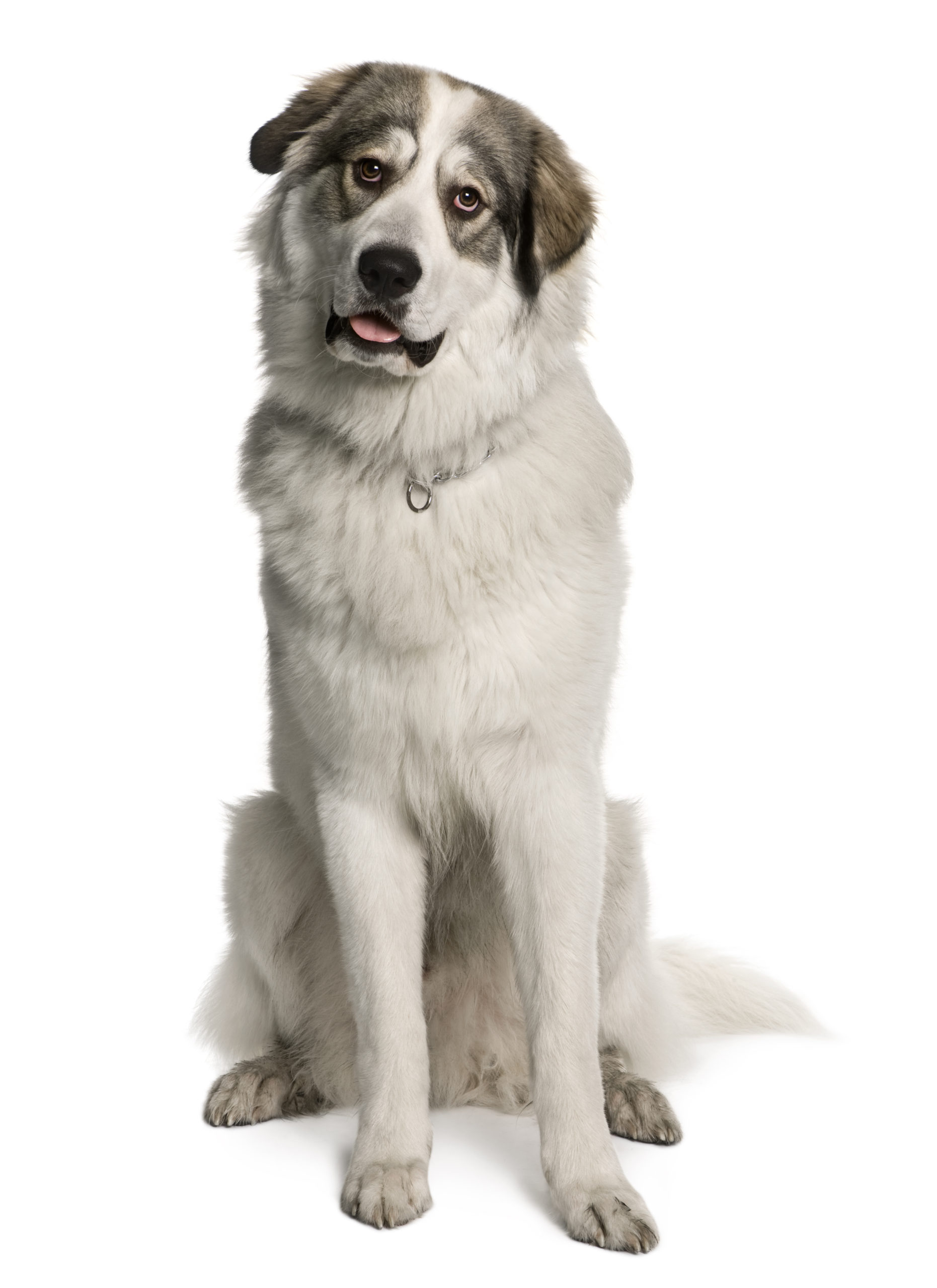
Many genes interact in complex ways for the final coat to be produced. This is also why, in a single litter, you may find pups with pronounced badger markings, some with faint markings, while others with no markings.
In the wider context of dog genetics, studying these specific markings contributes to our acknowledgment of genetic, breed standards, and possible health implications.
While dark markings in our little pals are mainly cosmetic, having knowledge of their genetic underpinnings offers insights into the rich tapestry of factors shaping this amazing dog breed.
Appearance & Variations of Badger Markings
We have already established that the Great Pyrenees are easily recognized by their luxurious, principally white coat. However, the nuances of their badger markings lend some extra charm that captures the attention of many breeders and dog lovers.
As previously discussed, badger markings are distinguished by a mix of white, black, and gray hairs at first glance. These markings aren`t uniform, meaning their location, pattern, and intensity might vary greatly from one canine to another.
Normally, these patterns are found predominantly on the little fella`s head, specifically around the face and ears. From time to time, some canines might also display these markings on their bodies or tails.
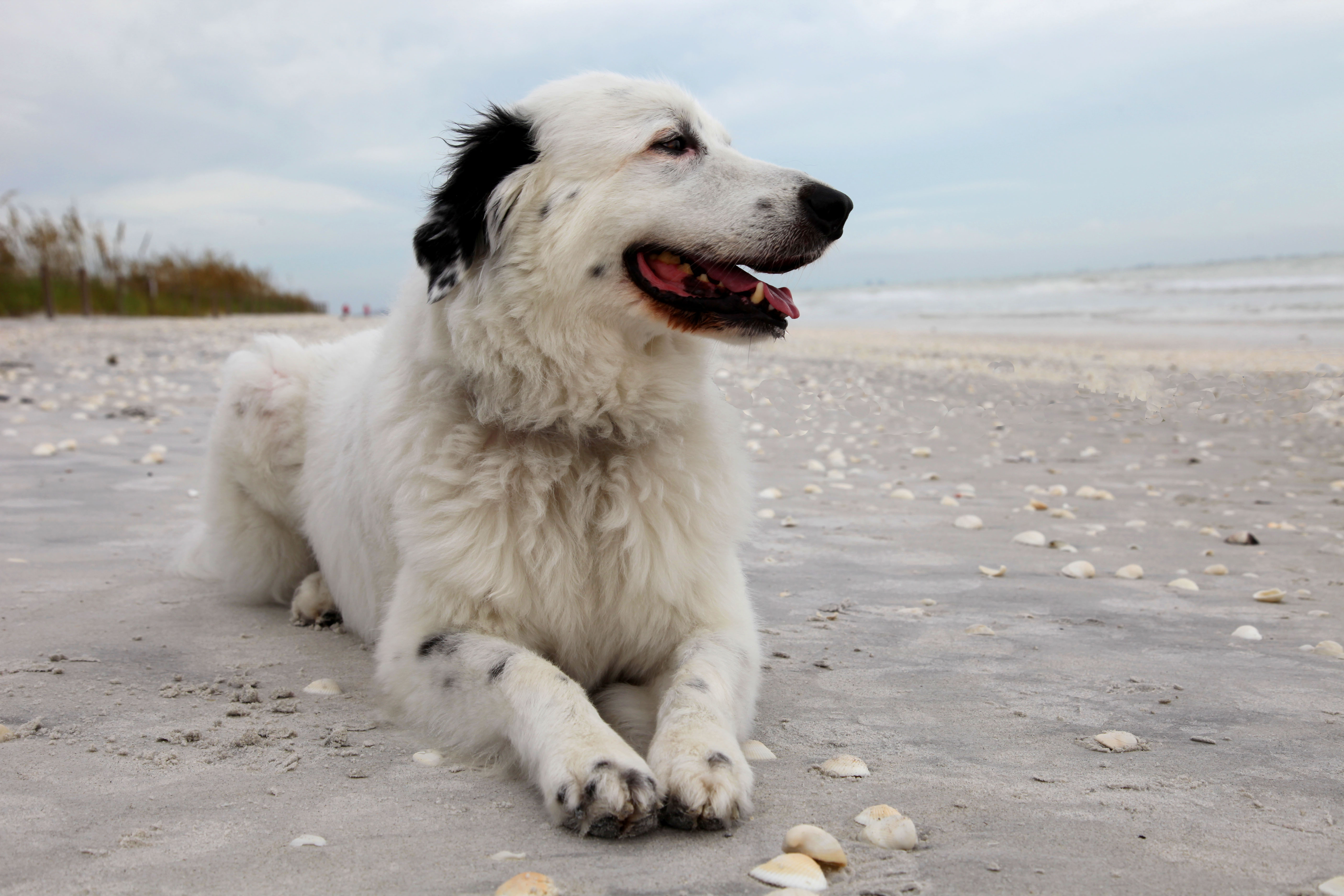
The markings` intensity is another characteristic where variation is noticed. While some dogs of this breed may have pronounced and vivid badger markings, others might only present subtle hints of black or reddish brown amidst their white fur.
In time, specifically, as a canine matures, this type of markings may evolve, becoming more obvious or adding some fading.
This wide variety of intensity and appearance makes each badger-marked Great Pyrenees unique.
For dog owners and breeders, all these variations often become a point of personal pride, celebrating the beauty of each canine within the broader context of the popular features of this remarkable breed.
Badger Markings vs. Other Great Pyrenees Patterns
While badger markings are a distinctive pattern within this dog breed, they aren`t the only variation that adorns these mountain canines.
As mentioned above, badger markings provide an evident contrast against the pooch`s primarily white coat, giving them a multi-dimensional appearance and unique touch.
Then again, the Great Pyrenees can also display other coat colors and patterns. For example, some canines may have “blaireau” markings, which are almost identical to badger markings but tend to be lighter, more similar to beige hue or tan.
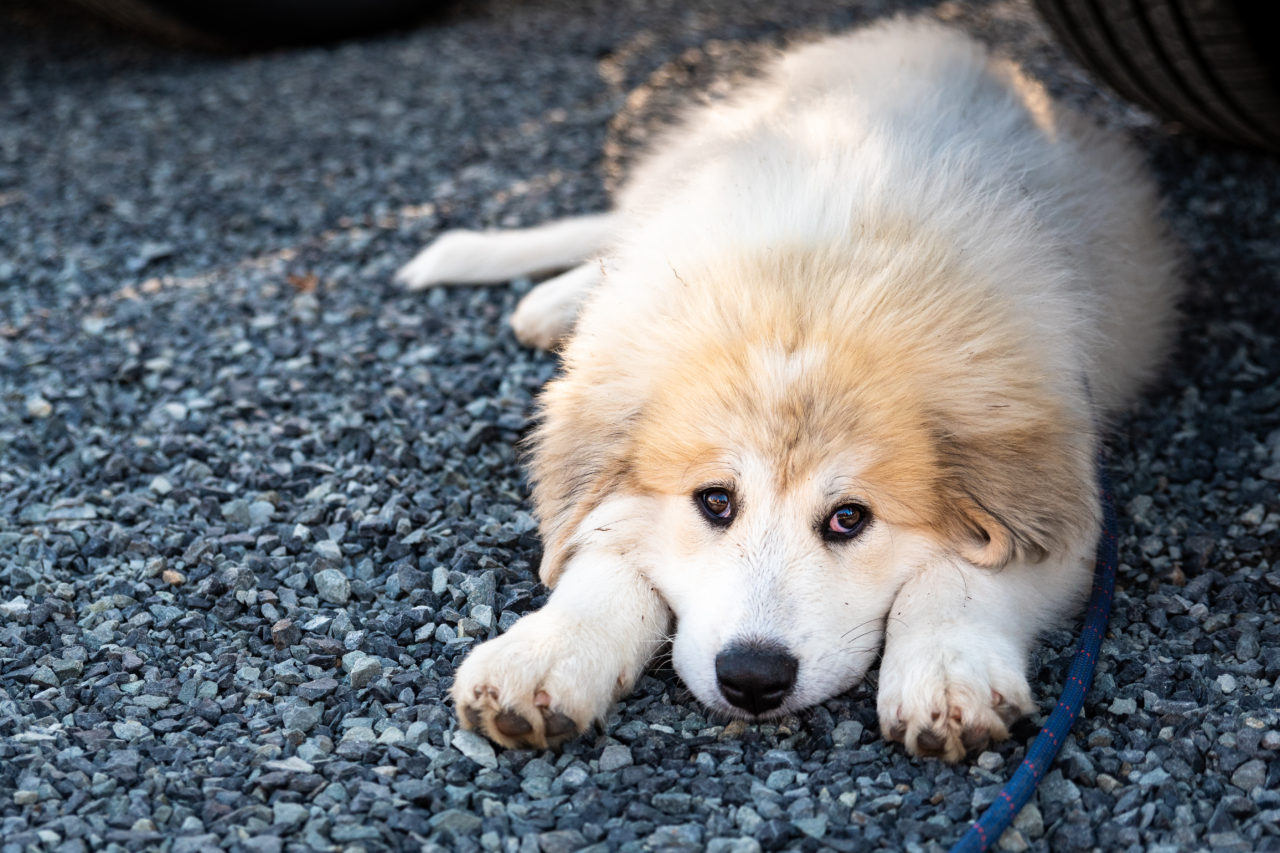
Then there is also the solid white coat, which many dog enthusiasts often relate to this breed. This pristine white fur exhibits the canine`s size and fluffiness, displaying an almost ethereal presence.
Last but not least, there are also Great Pyrenees with patches of color, usually reddish-brown, tan, or gray, located on specific parts of the body, like the tail base or head.
While badger markings are a unique and enchanting trait of these Great Pyrenees, they are just one of the many beautiful coat variations these dogs can exhibit. Each pattern tells its story and adds to the rich tapestry of this dog`s appearance and history.
Impact on Breed Standard & Recognition
The Great Pyrenees coat is one of their most defining traits, and like many other breeds, there are standards already established that guide breeders and dog lovers about what`s considered ideal for the dog breed. But how do badger markings and other coat variations fit this breed standard?
First and foremost, it`s essential to acknowledge that breed standards are set by canine kennel clubs and canine breed organizations to ensure the preservation of distinctive dog breed traits.
In the case of the Great Pyrenees, while the predominant color of their coat described in most standards is white, the presence of these markings, badger markings included, is also acknowledged and accepted. These particular markings are seen as natural variations and not deviations.
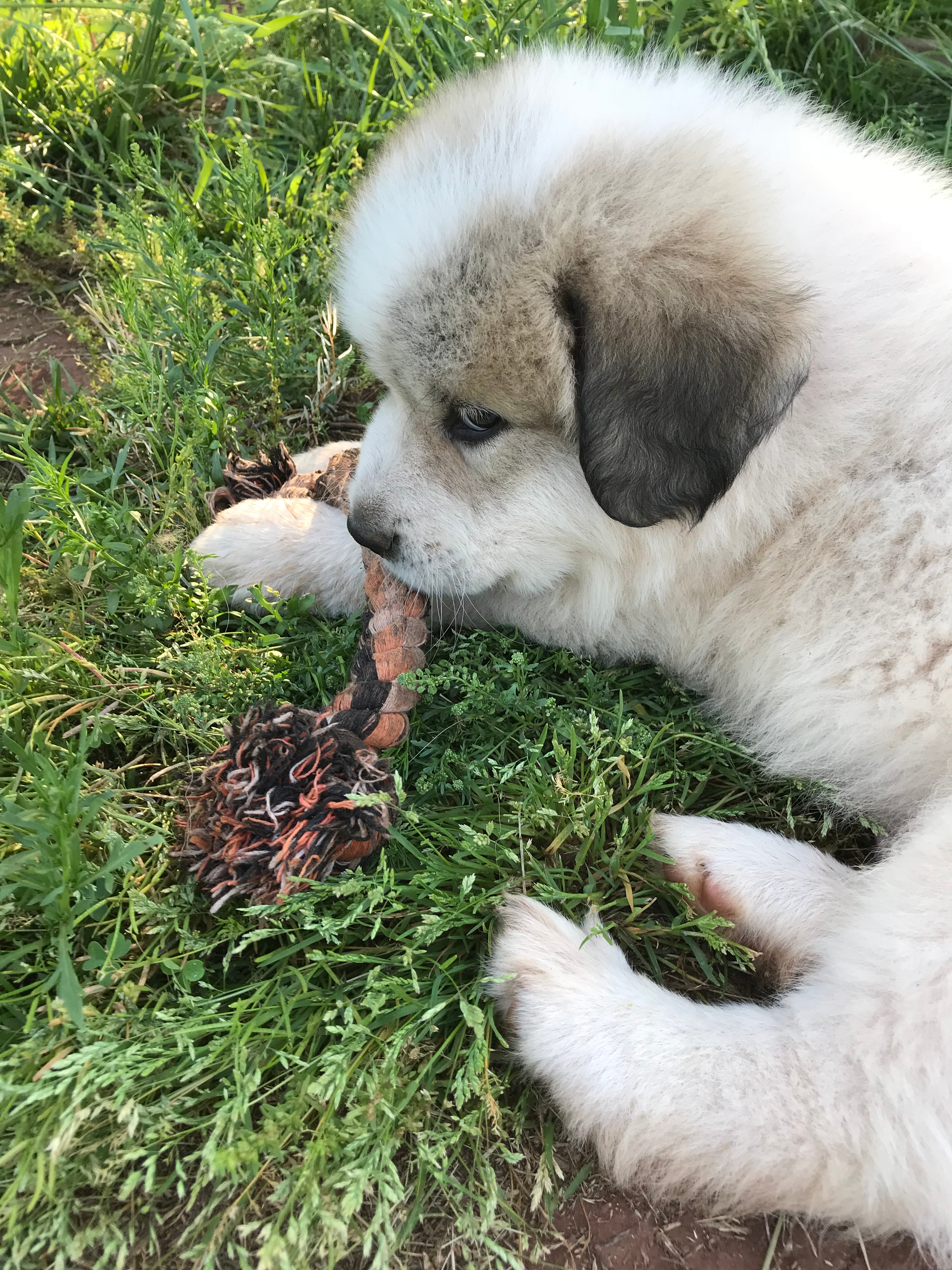
However, the exact wording and acceptance of these specific markings might vary from one organization to another. Some breed standards may be more descriptive, detailing the acceptable placement and shades of badger markings, while others might offer a broader allowance for variations.
In the world of canine shows and competitions, where adherence to dog breed standards is paramount, a dog of this breed with badger markings can compete on equal footing with a solid white counterpart. Judges are instructed to evaluate the overall conformation, temperament, and other breed-specific characteristics, with the coat’s pattern and color being just one aspect of their assessment. – Check for more!
While badger markings are essential in breed standards and recognition, they don`t diminish or improve a dog`s standing in formal breed contexts. The main focus remains on the canine’s overall structure, temperament, and health, celebrating the dog breed’s diverse beauty.
Grooming & Care for Badger Marked Coats
The lush coat of a Great Pyrenees is stunning, no doubt; however, it also requires a lot of attentive grooming regularly, specifically when talking about the ones with badger markings. Their unique texture and coloration will often add an additional layer of care to the grooming practice.
First of all, it`s essential to make a consistent grooming plan. These dogs have a dense double coat that can easily become tangled or matted if it`s not brushed on a regular basis, especially around those parts of the dog’s body where badger markings occur, as the fur around these areas may be of distinct texture sometimes. An undercoat rake or a slicker brush is important to remove loose fur efficiently.
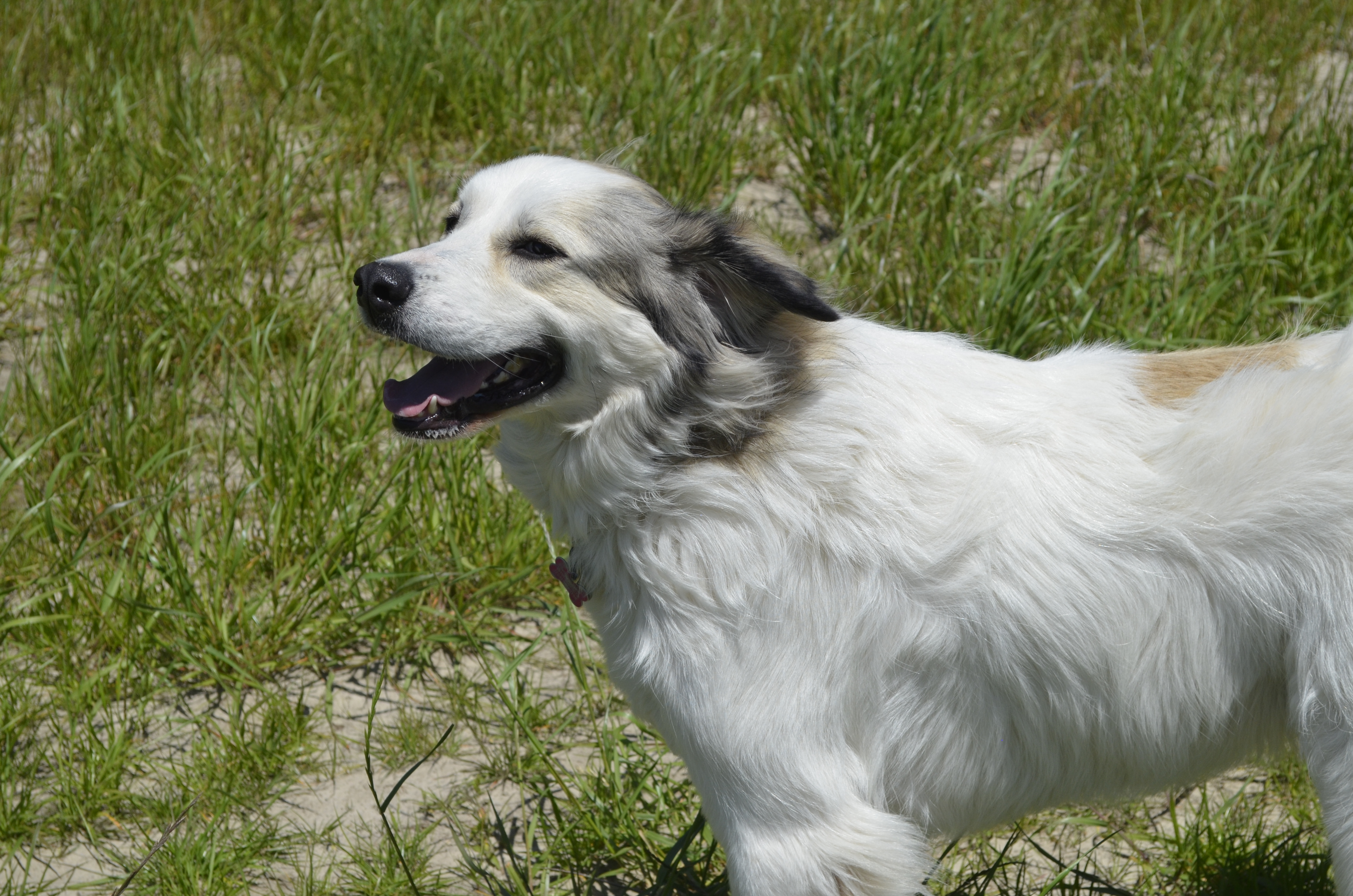
Bathing is another significant aspect of grooming, although too much bathing isn`t a good idea either. The Great Pyrenees have a coat that repels dirt naturally, and too much bathing can strip their fur of its natural oils, which owners will want to avoid.
When bathing these Great Pyrenees with badger markings, using a canine shampoo of high quality is crucial to ensure that their fur stays glossy and healthy and maintains the vibrancy of the colors.
Additionally to brushing and bathing, regular checks of their nails, teeth, and ears are required. The thick fur around their ears can sometimes retain moisture and dirt, resulting in infections if not cleaned every now and then. – Click this link!
By addressing a thorough grooming regime, owners of Great Pyrenees can ensure their little pals, regardless of their coat pattern, remain in excellent condition.
Celebrating the Diversity of the Great Pyrenees
These canines stand out for their impressive size, protective nature, and remarkable diversity within the dog breed. From individual temperaments to coat colors and patterns, they showcase many unique traits, all worthy of celebration.
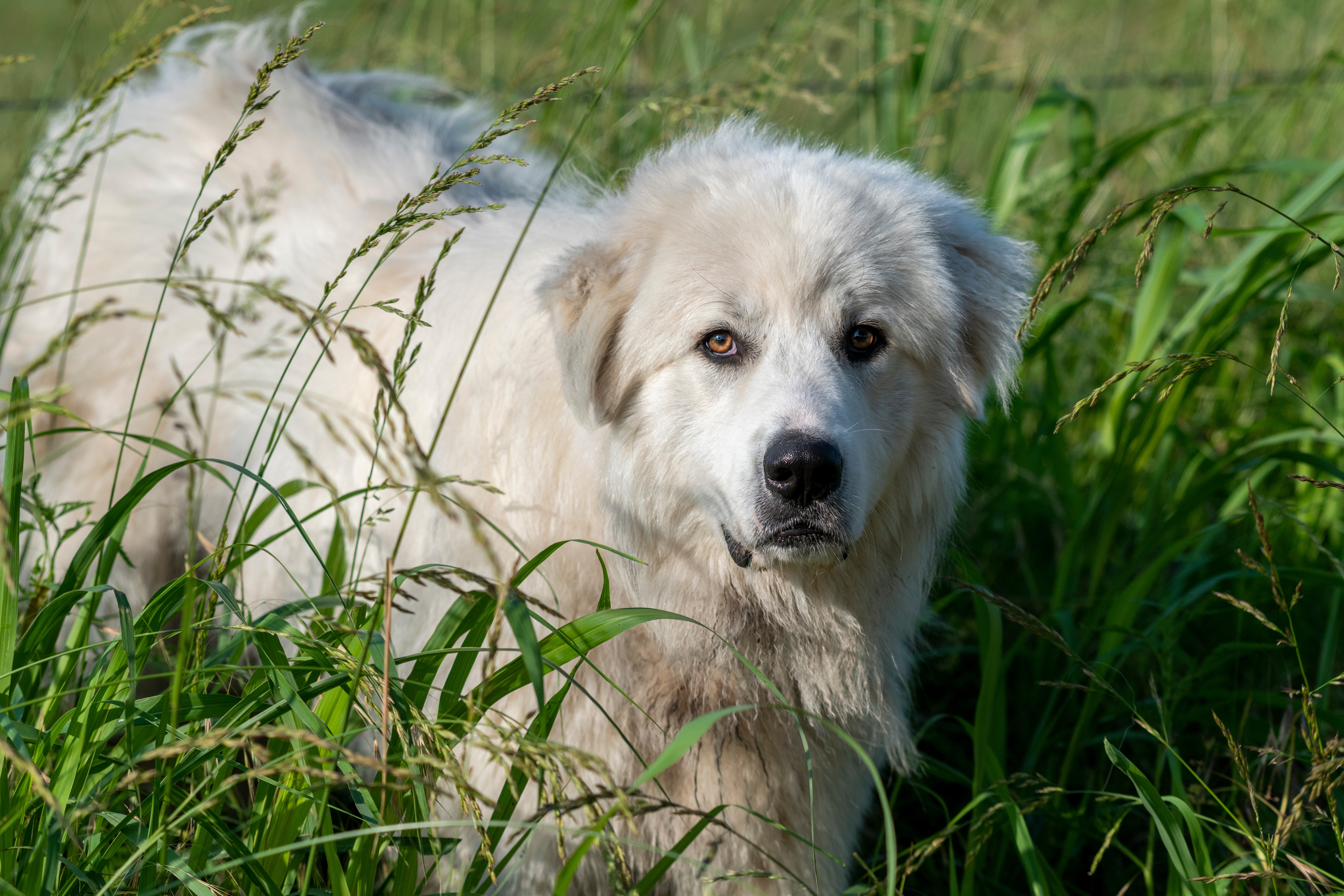
The coat is perhaps the most obvious testament to the Great Pyrenees` diversity. Some dogs of this breed exhibit a wide array of markings, which include the intriguing badger markings, while others boast the pristine, pure white fur that most dog lovers associate with this breed.
But the variety doesn`t stop there. Some canines of this breed might display blaireau or tan markings, which are “softer” in color by comparison with badger markings. Other dogs may have patches of reddish brown, black markings, or shades of tan on their tail, ears, or heads, adding yet another layer to the diverse appearance of this breed.
These specific variations in coat appearance don`t indicate distinct types of Great Pyrenees but instead underscore the complex genetic diversity inherent to this canine breed.
So, as we celebrate the Great Pyrenees in all their glory, let`s also give a special acknowledgment to the enchanting badger markings that offer so much more to this breed’s timeless elegance and charm.
Wrap-Up
These dogs` badger markings represent this dog breed’s unique and captivating aspect of the Great Pyrenees, interlacing a profound mosaic of genetic complexity, aesthetic allure, and historical lineage.
These distinctive patterns serve as a nod to this canine`s storied past as vigilant livestock watchdogs and outline the complexity of dog genetics.
Whether pronounced or subtle, each badger marking pattern adds a layer of individuality to these gentle giants.
While in the end, it`s always a matter of personal preference, appreciating these markings and trying to understand more about them enhances our connection to this astonishing dog breed and emphasizes the significance of responsible breeding and grooming practices.
